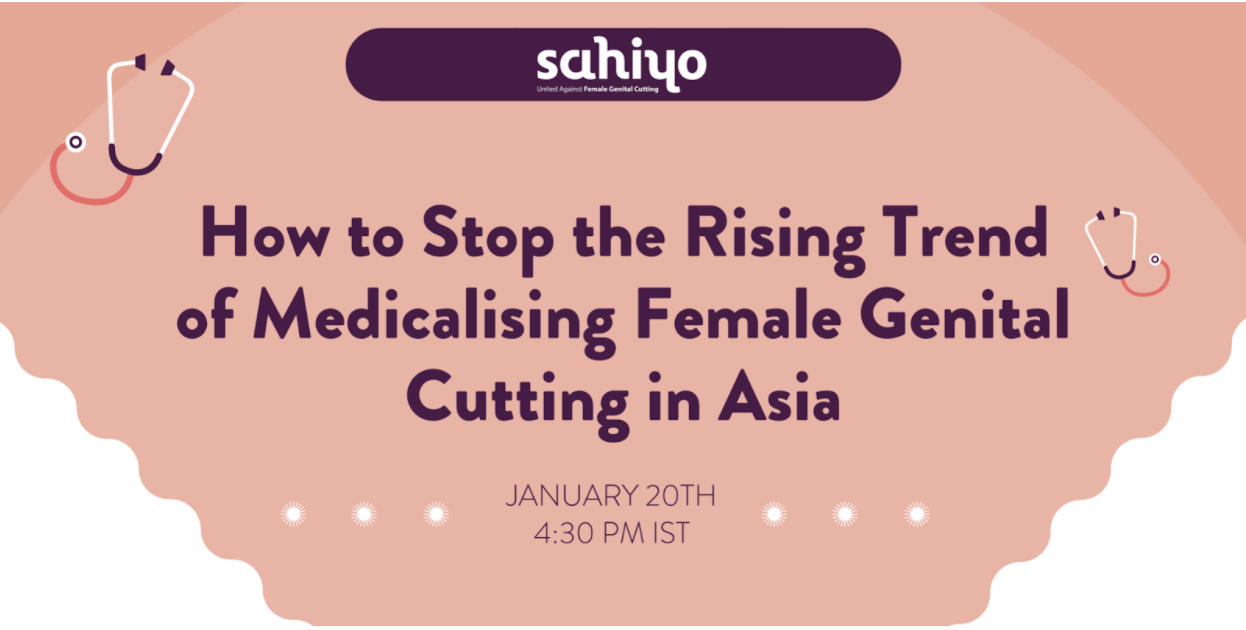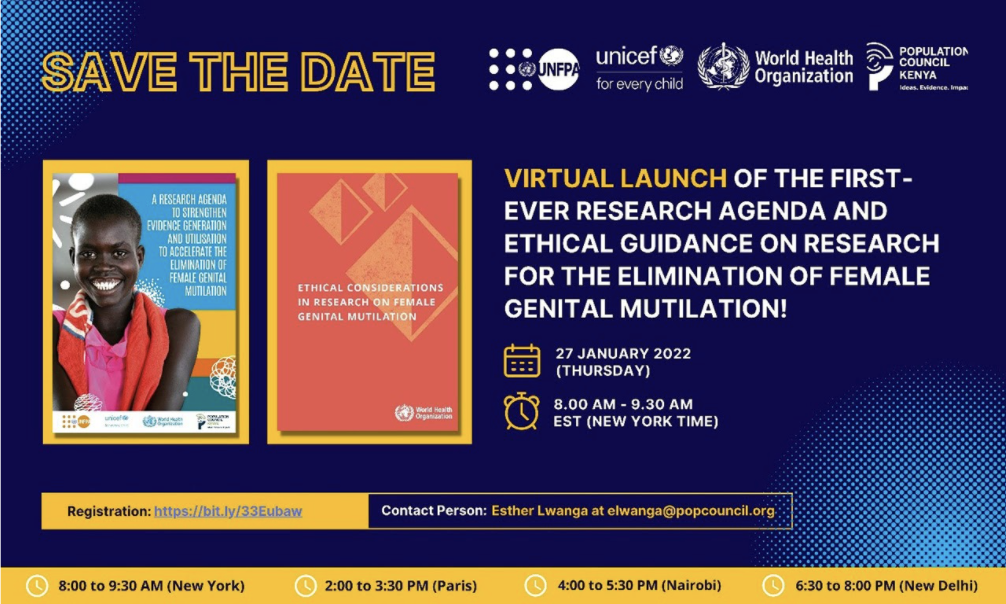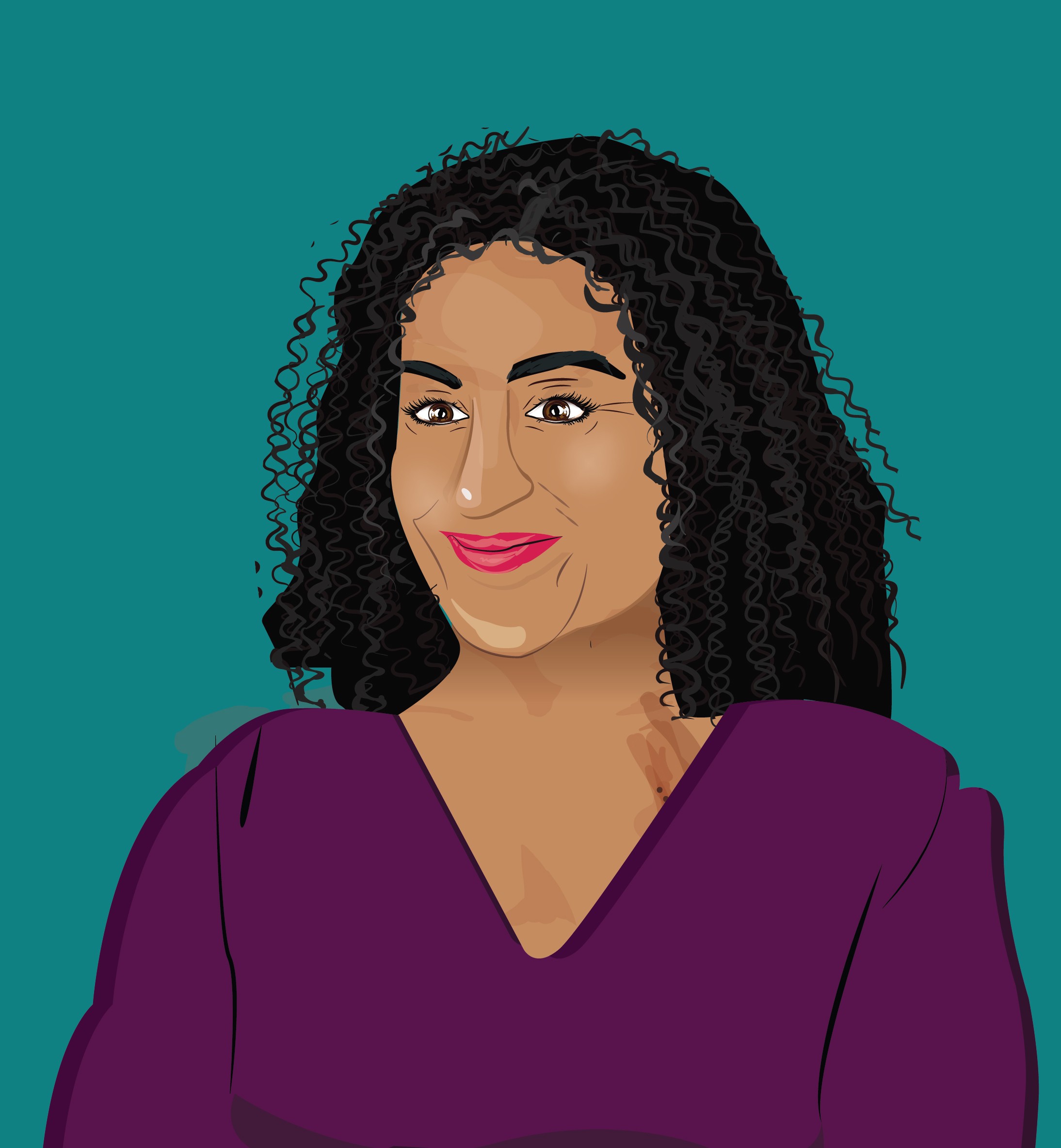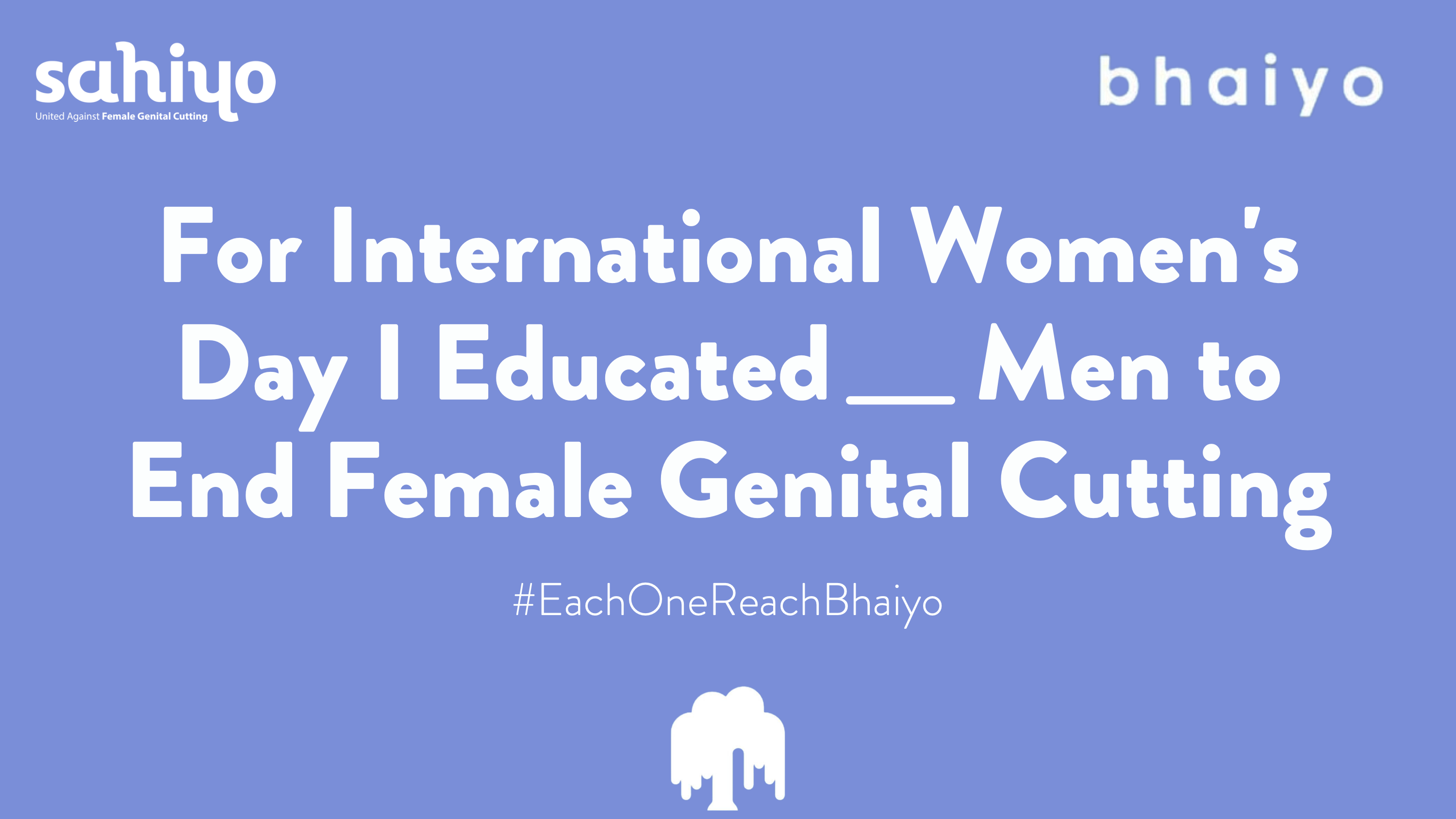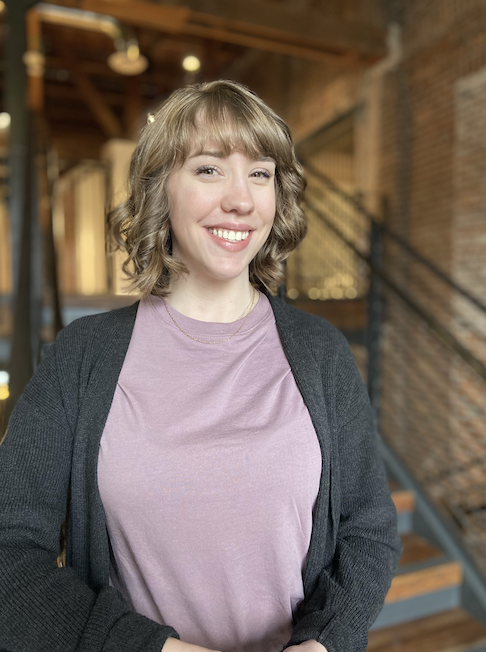Ellen obtained her Bachelor’s degree in European Studies, majoring in French. She is a current Human Rights Master’s student at University College Dublin. Her course examines the theoretical and legal underpinnings of human rights and the political pressures inherent within the field. With a passion for human rights, social justice, diplomacy, education and languages, Ellen enjoys working across cultures and working as part of a team. She has a particular interest in women’s rights and is curious about how the language of human rights is translated across cultures. Transforming attitudes concerning female genital cutting (FGC) in a way that is compatible with and sensitive to local culture is fundamental in achieving change. Ellen is looking forward to being part of Sahiyo’s mission to end FGC.
What was your experience of learning about FGC for the first time like?
I remember the shock I felt when I learnt about FGC for the first time. Up until this point I had never heard of female genital cutting. The practice was one which I couldn’t understand. I quickly searched for more information and became interested not only in learning more, but in how I could contribute to ending this practice.
When and how did you first get involved with Sahiyo?
I joined the Sahiyo team in January. I came across the organisation while carrying out research for a paper I was doing as part of my studies. I found the Sahiyo resources to be very useful and didn’t think twice about reaching out regarding internship opportunities!
What does your work with Sahiyo involve?
As a Program’s Intern my role includes attending meetings and keeping up to date with Sahiyo resources, researching topics and planning webinars, co-ordinating speakers, writing reflections on webinars to be posted on Sahiyo’s blog, assisting the social media team in advertising Sahiyo programs, attending virtual events hosted by outside organisation, as well as carrying out literature reviews.
How has your involvement with Sahiyo impacted your life?
I have always been passionate about ending gender inequalities and firmly believe that human rights emerge and evolve through the attempts of ordinary people to combat injustice. My experience with Sahiyo has showcased the importance of grassroots activism. Sahiyo is a welcoming, supportive and inspirational network of people. Joining Sahiyo has given me the opportunity to merge my passions and values. I enjoy working across cultures and working as part of a team, and Sahiyo has enabled me to do just that.
What words of wisdom would you like to share with others who may be interested in supporting Sahiyo and the movement against FGC?
It is important to find out what issues are important to you and throw yourself into opportunities that allow you to contribute to change. What is special about Sahiyo is that everyone can help out in their own way. Whether you’re eager to learn more or enthusiastic about writing and creating social media content, Sahiyo’s intern programs have something for everyone. We all have skills to offer and giving your time to this worthy cause will give you so much back in return.


